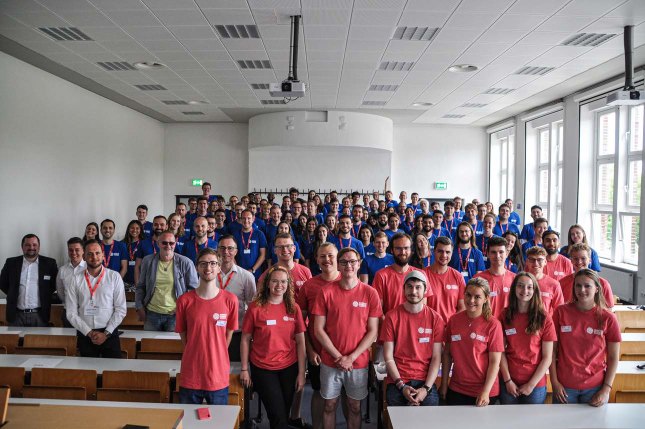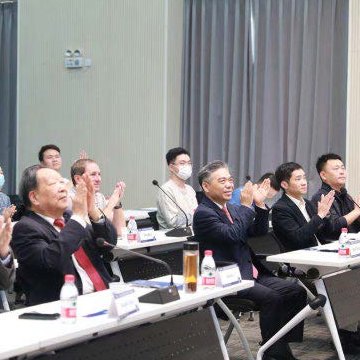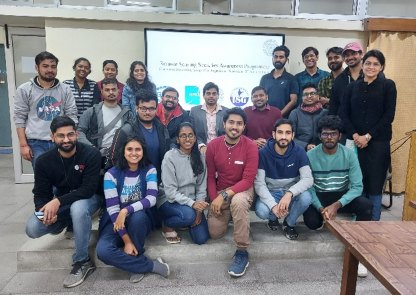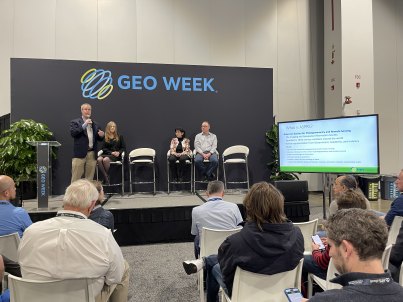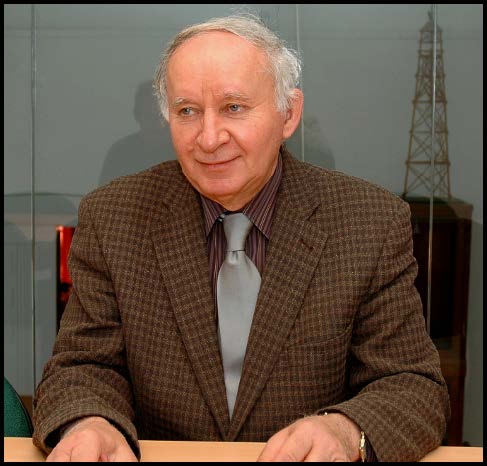The Concept of a Georeferential Spatial Database of Topographic–Historical Objects (GSDoT-HO): A Case Study of the Cadastral Map of Toruń (Poland)
Golba, Radosław, Pilarska, Agnieszka, Czaja, Roman
No: 26
Free Choice Navigation in the Real World: Giving Back Freedom to Wayfinders
Mazurkiewicz, Bartosz, Kattenbeck, Markus, Giannopoulos, Ioannis
No: 27
Interactive and Immersive Digital Representation for Virtual Museum: VR and AR for Semantic Enrichment of Museo Nazionale Romano, Antiquarium di Lucrezia Romana and Antiquarium di Villa Dei Quintili
Banfi, Fabrizio, Pontisso, Mara, Paolillo, Francesca Romana, Roascio, Stefano, Spallino, Clara, Stanga, Chiara
No: 28
Acknowledgment to the Reviewers of IJGI in 2022
IJGI Editorial Office
No: 29
User Evaluation of Thematic Maps on Operational Areas of Rescue Helicopters
Wielebski, Łukasz, Medyńska-Gulij, Beata
No: 30
Multi-GPU-Parallel and Tile-Based Kernel Density Estimation for Large-Scale Spatial Point Pattern Analysis
Zhang, Guiming, Xu, Jin
No: 31
Probing Regional Disparities and Their Characteristics in a Suburb of a Global South Megacity: The Case of Bekasi Regency, Jakarta Metropolitan Region
Kurnia, Adib Ahmad, Rustiadi, Ernan, Fauzi, Akhmad, Pravitasari, Andrea Emma, Ženka, Jan
No: 32
Automatic Production of Deep Learning Benchmark Dataset for Affine-Invariant Feature Matching
Yao, Guobiao, Zhang, Jin, Gong, Jianya, Jin, Fengxiang
No: 33
Spatial Application of Southern U.S. Pine Water Yield for Prioritizing Forest Management Activities
Vernon, Jordan, St. Peter, Joseph, Crandall, Christy, Awowale, Olufunke E., Medley, Paul, Drake, Jason, Ibeanusi, Victor
No: 34
Big Data Management Algorithms, Deep Learning-Based Object Detection Technologies, and Geospatial Simulation and Sensor Fusion Tools in the Internet of Robotic Things
Andronie, Mihai, Lăzăroiu, George, Iatagan, Mariana, Hurloiu, Iulian, Ștefănescu, Roxana, Dijmărescu, Adrian, Dijmărescu, Irina
No: 35
A Comparison of Several UAV-Based Multispectral Imageries in Monitoring Rice Paddy (A Case Study in Paddy Fields in Tottori Prefecture, Japan)
Dimyati, Muhammad, Supriatna, Supriatna, Nagasawa, Ryota, Pamungkas, Fajar Dwi, Pramayuda, Rizki
No: 36
Landslide Susceptibility Assessment in the Japanese Archipelago Based on a Landslide Distribution Map
Kohno, Masanori, Higuchi, Yuki
No: 37
Usefulness of Plane-Based Augmented Geovisualization—Case of “The Crown of Polish Mountains 3D”
Halik, Łukasz, Wielebski, Łukasz
No: 38
Effectiveness of Rectangular Cartogram for Conveying Quantitative Information: An Eye Tracking-Based Evaluation
Jia, Fenli, Wang, Weiming, Yang, Jian, Li, Tingting, Song, Guomin, Xu, Yeqiu
No: 39
Abnormal-Trajectory Detection Method Based on Variable Grid Partitioning
Chen, Chuanming, Xu, Dongsheng, Yu, Qingying, Gong, Shan, Shi, Gege, Liu, Haoming, Chen, Wen
No: 40
Imputation of Missing Parts in UAV Orthomosaics Using PlanetScope and Sentinel-2 Data: A Case Study in a Grass-Dominated Area
Pereira, Francisco R. da S., Dos Reis, Aliny A., Freitas, Rodrigo G., Oliveira, Stanley R. de M., Amaral, Lucas R. do, Figueiredo, Gleyce K. D. A., Antunes, João F. G., Lamparelli, Rubens A. C., Moro, Edemar, Magalhães, Paulo S. G.
No: 41
Sustainability Indicators and GIS as Land-Use Planning Instrument Tools for Urban Model Assessment
Jiménez-Espada, Montaña, Martínez García, Francisco Manuel, González-Escobar, Rafael
No: 42
Implementation of GIS Tools in the Quality of Life Assessment of Czech Municipalities
Macků, Karel, Burian, Jaroslav, Vodička, Hynek
No: 43
Latent Semantic Sequence Coding Applied to Taxi Travel Time Estimation
Zhao, Zilin, Chi, Yuanying, Ding, Zhiming, Chang, Mengmeng, Cai, Zhi
No: 44
Geospatial Modeling of Health, Socioeconomic, Demographic, and Environmental Factors with COVID-19 Incidence Rate in Arkansas, US
He, Yaqian, Seminara, Paul J., Huang, Xiao, Yang, Di, Fang, Fang, Song, Chao
No: 45
Classification of Seismaesthesia Information and Seismic Intensity Assessment by Multi-Model Coupling
Lv, Qingzhou, Liu, Wanzeng, Li, Ran, Yang, Hui, Tao, Yuan, Wang, Mengjiao
No: 46
Future Swedish 3D City Models—Specifications, Test Data, and Evaluation
Uggla, Maria, Olsson, Perola, Abdi, Barzan, Axelsson, Björn, Calvert, Matthew, Christensen, Ulrika, Gardevärn, Daniel, Hirsch, Gabriel, Jeansson, Eric, Kadric, Zuhret, Lord, Jonas, Loreman, Axel, Persson, Andreas, Setterby, Ola, Sjöberger, Maria, Stewart, Paul, Rudenå, Andreas, Ahlström, Andreas, Bauner, Mikael, Hartman, Kendall, Pantazatou, Karolina, Liu, Wenjing, Fan, Hongchao, Kong, Gefei, Li, Hang, Harrie, Lars
No: 47
The Potential Impact of Cycling on Urban Transport Energy and Modal Share: A GIS-Based Methodology
Monteiro, João, Sousa, Nuno, Natividade-Jesus, Eduardo, Coutinho-Rodrigues, João
No: 48
Virtual Scene Construction of Wetlands: A Case Study of Poyang Lake, China
Lu, Sheng, Fang, Chaoyang, Xiao, Xin
No: 49
A Spatial and Temporal Evaluation of Broad-Scale Yield Predictions Created from Yield Mapping Technology and Landsat Satellite Imagery in the Australian Mediterranean Dryland Cropping Region
Lyle, Greg, Clarke, Kenneth, Kilpatrick, Adam, Summers, David McCulloch, Ostendorf, Bertram
No: 50
Central Locations across Spatial Scales: A Quantitative Evaluation for Italy Using Census Enumeration District Indicators
Salvucci, Gianluigi, Salvati, Luca, Arezzo, Maria Felice
No: 51
Analyzing Geographic Questions Using Embedding-based Topic Modeling
Yang, Jonghyeon, Jang, Hanme, Yu, Kiyun
No: 52
Multi-Temporal Sentinel-1 SAR and Sentinel-2 MSI Data for Flood Mapping and Damage Assessment in Mozambique
Nhangumbe, Manuel, Nascetti, Andrea, Ban, Yifang
No: 53
Interactive Web Mapping Applications for 2D and 3D Geo-Visualization of Persistent Scatterer Interferometry SAR Data
Kalaitzis, Panagiotis, Foumelis, Michael, Vasilakos, Christos, Mouratidis, Antonios, Soulakellis, Nikolaos
No: 54
Revealing the Impact of COVID-19 on Urban Residential Travel Structure Based on Floating Car Trajectory Data: A Case Study of Nantong, China
Tao, Fei, Wu, Junjie, Lin, Shuang, Lv, Yaqiao, Wang, Yu, Zhou, Tong
No: 55
Crowd Density Estimation and Mapping Method Based on Surveillance Video and GIS
Zhang, Xingguo, Sun, Yinping, Li, Qize, Li, Xiaodi, Shi, Xinyu
No: 56
Estimation of Travel Cost between Geographic Coordinates Using Artificial Neural Network: Potential Application in Vehicle Routing Problems
Lee, Keyju, Chae, Junjae
No: 57
Mini-Map Design Features as a Navigation Aid in the Virtual Geographical Space Based on Video Games
Zagata, Krzysztof, Medyńska-Gulij, Beata
No: 58
Examining the Nonlinear Impacts of Origin-Destination Built Environment on Metro Ridership at Station-to-Station Level
Liu, Ben, Xu, Yunfei, Guo, Sizhen, Yu, Mingming, Lin, Ziyue, Yang, Hong
No: 59
Using HyperLogLog to Prevent Data Retention in Social Media Streaming Data Analytics
Löchner, Marc, Burghardt, Dirk
No: 60
BiodivAR: A Cartographic Authoring Tool for the Visualization of Geolocated Media in Augmented Reality
Mercier, Julien, Chabloz, Nicolas, Dozot, Gregory, Ertz, Olivier, Bocher, Erwan, Rappo, Daniel
No: 61
Where Am I Now? Modelling Disorientation in Pan-Scalar Maps
Touya, Guillaume, Gruget, Maïeul, Muehlenhaus, Ian
No: 62
Matching Standard and Secant Parallels in Cylindrical Projections
Lapaine, Miljenko
No: 63
Influencing Pedestrians’ Route Choice Using Route Shape Simplification
Ti, Peng, Dai, Ruyu, Wan, Fangyi, Xiong, Tao, Wu, Hao, Li, Zhilin
No: 66
Co-Creating GIS-Based Dashboards to Democratize Knowledge on Urban Resilience Strategies: Experience with Camerino Municipality
Villani, Maria Luisa, Giovinazzi, Sonia, Costanzo, Antonio
No: 65
Self-Supervised Representation Learning for Geographical Data—A Systematic Literature Review
Corcoran, Padraig, Spasić, Irena
No: 64
Overview of Lightning Trend and Recent Lightning Variability over Sri Lanka
Kalapuge, Vindhya, Maduranga, Dilaj, Alahacoon, Niranga, Edirisinghe, Mahesh, Abeygunawardana, Rushan, Ranagalage, Manjula
No: 67
Climate Change Adaptation: The Role of Geospatial Data in Sustainable Infrastructures
Casiano Flores, Cesar, Crompvoets, Joep
No: 68
Multi-Source Data and Machine Learning-Based Refined Governance for Responding to Public Health Emergencies in Beijing: A Case Study of COVID-19
Yu, Demiao, Huang, Xiaoran, Zang, Hengyi, Li, Yuanwei, Qin, Yuchen, Li, Daoyong
No: 69
A Comparison of Cartographic and Toponymic Databases in a Multilingual Environment: A Methodology for Detecting Redundancies Using ETL and GIS Tools
Mitxelena-Hoyos, Oihana, Amaro-Mellado, José-Lázaro
No: 70
Making Transportation Systems in U.S. Cities Smarter and More Inclusive: A Synthesis of Challenges and Evaluation of Strategies
Wang, Chihuangji, Yin, Fuzhen, Zhao, Yixuan, Yin, Li
No: 72
A Contour Line Group Simplification Method Based on Classified Terrain Features
Li, Yuanfu, Sun, Qun, Guo, Wenyue, Xu, Qing, Zhu, Xinming
No: 71
Exploring Spatiotemporal Patterns of Expressway Traffic Accidents Based on Density Clustering and Bayesian Network
Zhang, Yunfei, Zhu, Fangqi, Li, Qiuping, Qiu, Zehang, Xie, Yajun
No: 73
Developing and Disseminating a New Historical Geospatial Database from Kitchener’s 19th Century Map of Cyprus
Chalkias, Christos, Papadias, Evangelos, Vradis, Christoforos, Polykretis, Christos, Kalogeropoulos, Kleomenis, Psarogiannis, Athanasios, Chalkias, Georgios
No: 74
Potential Loss of Ecosystem Service Value Due to Vessel Activity Expansion in Indonesian Marine Protected Areas
Fauzi, Adam Irwansyah, Azizah, Nur, Yati, Emi, Atmojo, Aulia Try, Rohman, Arif, Putra, Raden, Rahadianto, Muhammad Ario Eko, Ramadhanti, Desi, Ardani, Nesya Hafiza, Robbani, Balqis Falah, Nuha, Muhammad Ulin, Perdana, Agung Mahadi Putra, Sakti, Anjar Dimara, Aufaristama, Muhammad, Wikantika, Ketut
No: 75
Urban Growth Forecast Using Machine Learning Algorithms and GIS-Based Novel Techniques: A Case Study Focusing on Nasiriyah City, Southern Iraq
Hanoon, Sadeq Khaleefah, Abdullah, Ahmad Fikri, Shafri, Helmi Z. M., Wayayok, Aimrun
No: 76
Trajectory Forecasting Using Graph Convolutional Neural Networks Based on Prior Awareness and Information Fusion
Yang, Zhuangzhuang, Pang, Chengxin, Zeng, Xinhua
No: 77
Spatio-Temporal Transformer Recommender: Next Location Recommendation with Attention Mechanism by Mining the Spatio-Temporal Relationship between Visited Locations
Xu, Shuqiang, Huang, Qunying, Zou, Zhiqiang
No: 79
What Do We Know about Multidimensional Poverty in China: Its Dynamics, Causes, and Implications for Sustainability
He, Jing, Fu, Cheng, Li, Xiao, Ren, Fu, Dong, Jiaxin
No: 78
Land Use Change and Hotspot Identification in Harbin–Changchun Urban Agglomeration in China from 1990 to 2020
Chang, Shouzhi, Zhao, Jian, Jia, Mingming, Mao, Dehua, Wang, Zongming, Hou, Boyu
No: 80
Mapping Cropland Extent in Pakistan Using Machine Learning Algorithms on Google Earth Engine Cloud Computing Framework
Latif, Rana Muhammad Amir, He, Jinliao, Umer, Muhammad
No: 81
Energy-Efficient 3D Path Planning for Complex Field Scenes Using the Digital Model with Landcover and Terrain
Ma, Baodong, Liu, Quan, Jiang, Ziwei, Che, Defu, Qiu, Kehan, Shang, Xiangxiang
No: 82




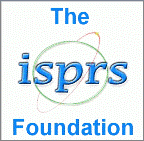




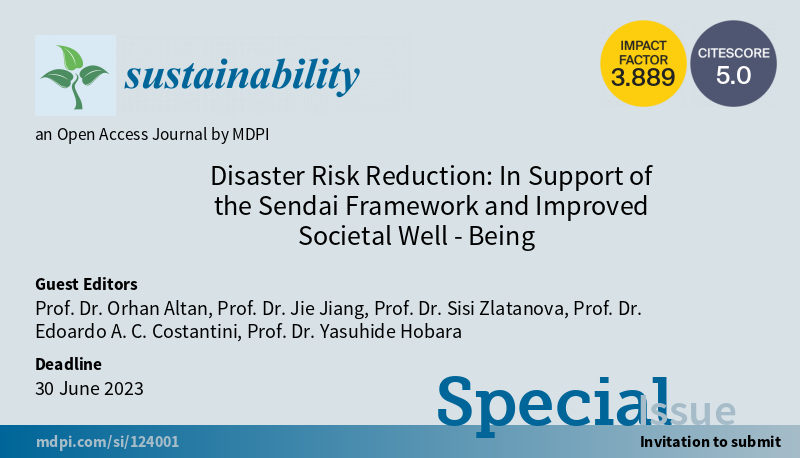


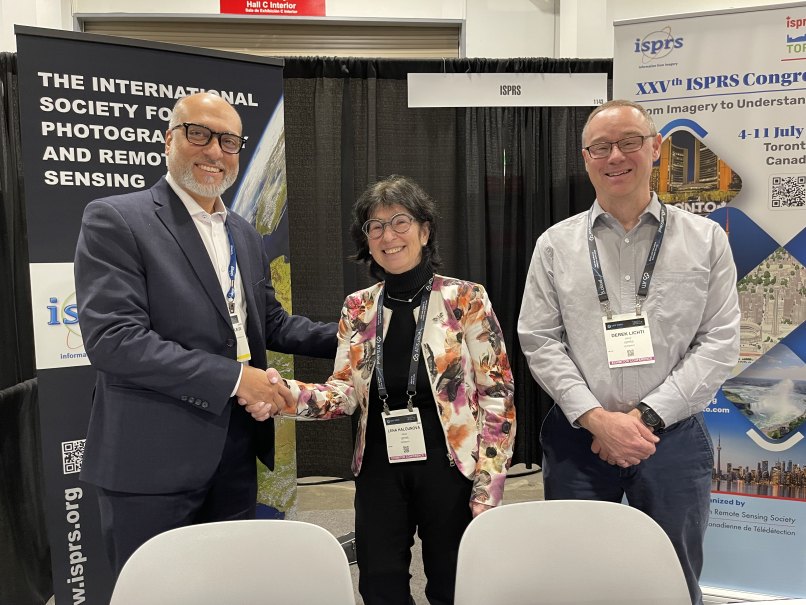

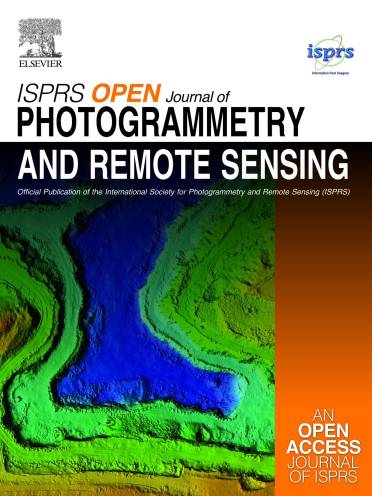
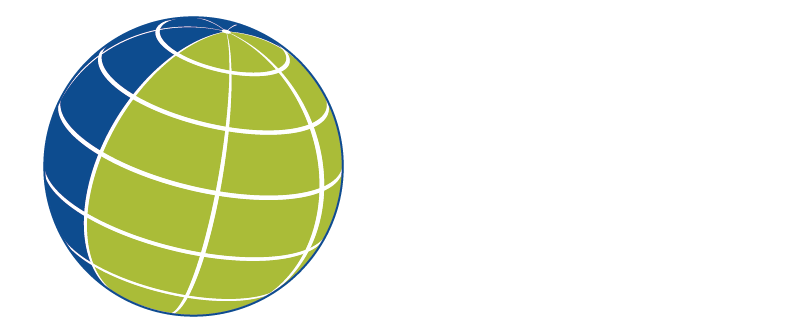


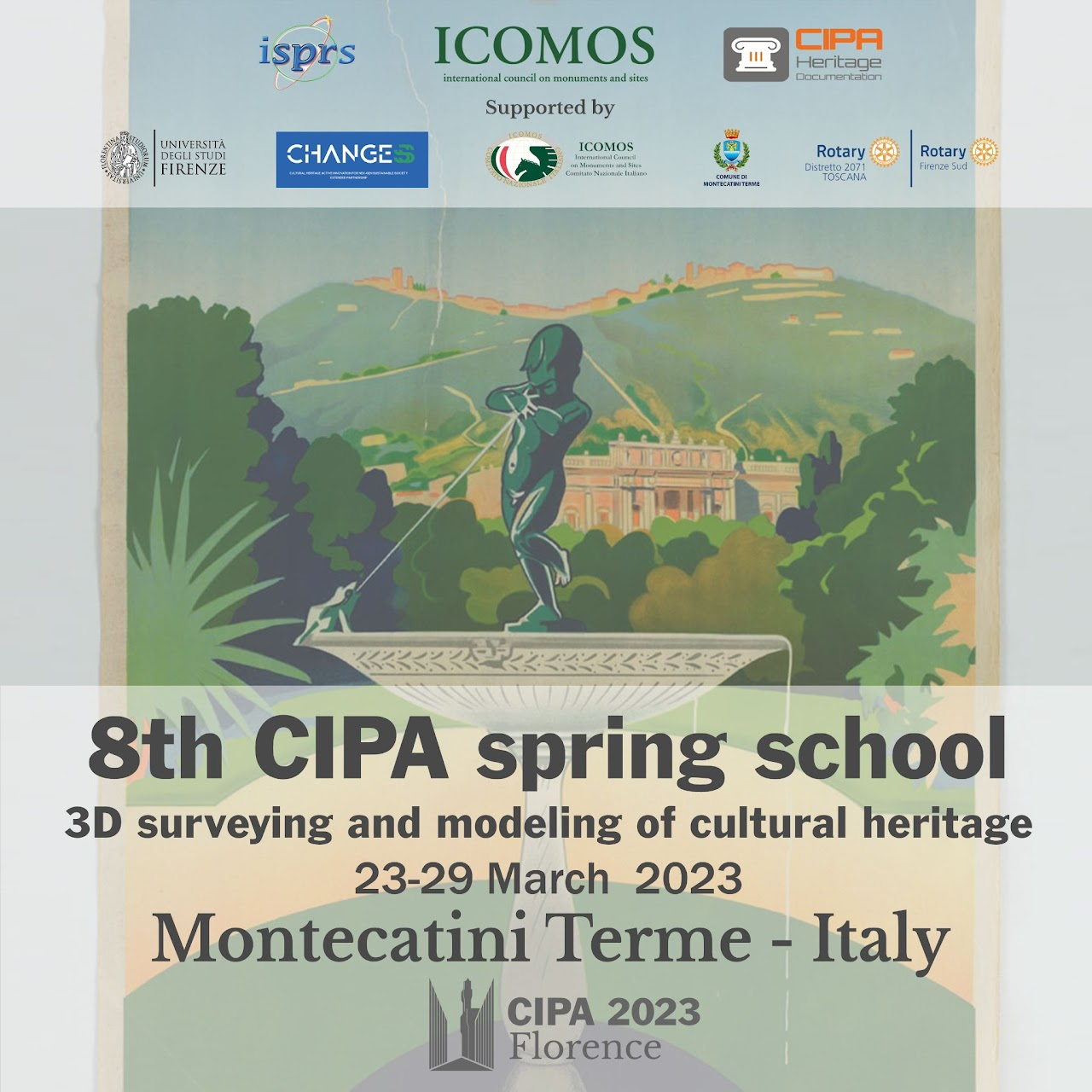
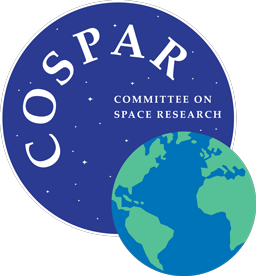
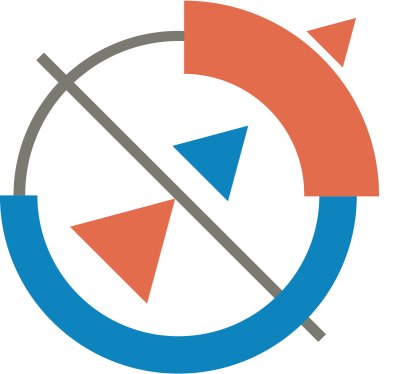



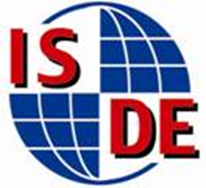
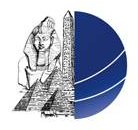
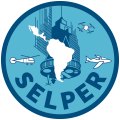
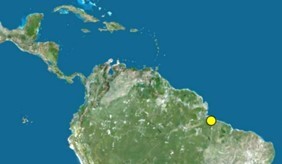 ISPRS Commission III, "Remote Sensing", jointly hosted by France and Brazil for the 2022-26 term, will hold its mid-term symposium in Belém (northern Brazil) on 4-8 November 2024. Following the election of Brazil to the rotating presidency of the Latin American remote sensing society SELPER, the next biennial SELPER symposium will be held at the same time as the mid-term symposium in Belém. It is therefore a double international event that will be held in the "city of mango trees", at the gateway of the Amazon, where, after an overview of the latest developments in remote sensing and its applications, tours will be offered to those who wish to discover the Amazonian environment. Note that Belém is a candidate to host the COP - the world's largest climate-related event - in 2025. "Belém keeps its doors open to discuss the Amazon, to discuss climate around the world and to find solutions", said Helder Barbalho, the governor of the state of Pará, of which Belém is the capital. Thus, the ISPRS-SELPER double event on remote sensing, which will take place at the end of 2024, will be more than a scientific conference: participants from all over the world will contribute to raising awareness among political stakeholders of the need to use science, and in particular Earth observation data, for the benefit of the Amazon and the planet.
ISPRS Commission III, "Remote Sensing", jointly hosted by France and Brazil for the 2022-26 term, will hold its mid-term symposium in Belém (northern Brazil) on 4-8 November 2024. Following the election of Brazil to the rotating presidency of the Latin American remote sensing society SELPER, the next biennial SELPER symposium will be held at the same time as the mid-term symposium in Belém. It is therefore a double international event that will be held in the "city of mango trees", at the gateway of the Amazon, where, after an overview of the latest developments in remote sensing and its applications, tours will be offered to those who wish to discover the Amazonian environment. Note that Belém is a candidate to host the COP - the world's largest climate-related event - in 2025. "Belém keeps its doors open to discuss the Amazon, to discuss climate around the world and to find solutions", said Helder Barbalho, the governor of the state of Pará, of which Belém is the capital. Thus, the ISPRS-SELPER double event on remote sensing, which will take place at the end of 2024, will be more than a scientific conference: participants from all over the world will contribute to raising awareness among political stakeholders of the need to use science, and in particular Earth observation data, for the benefit of the Amazon and the planet.